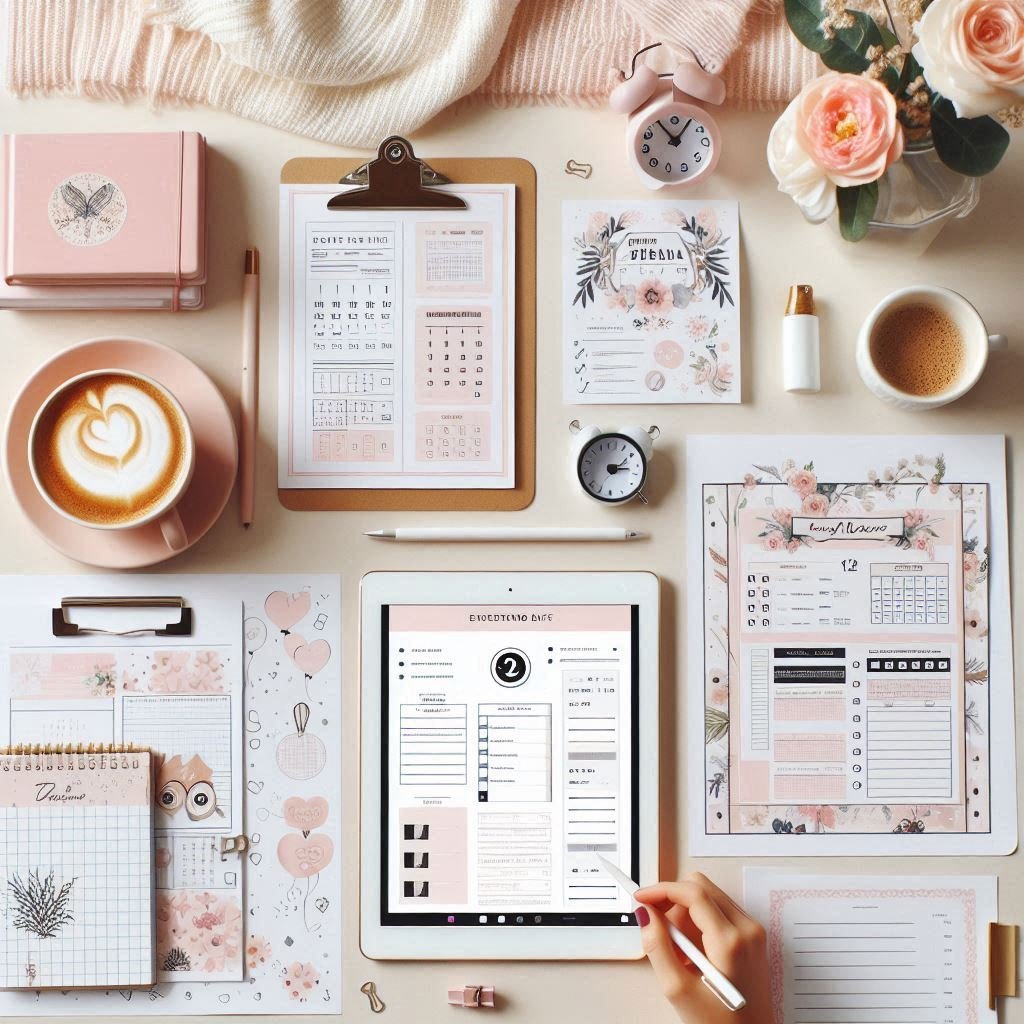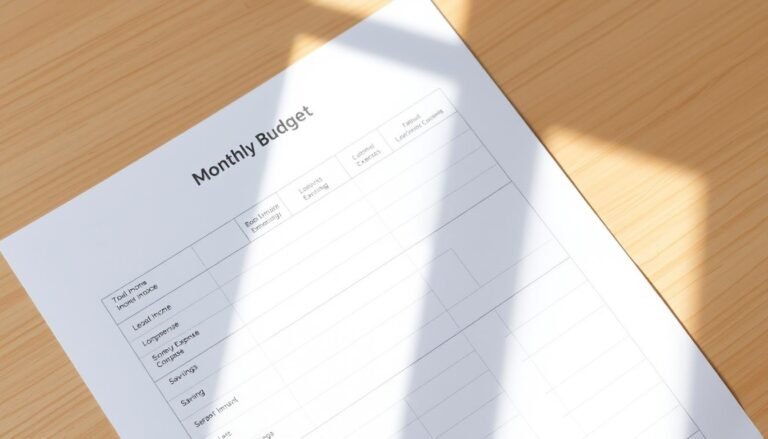Let’s be honest—budgeting can feel overwhelming, especially if numbers make your head spin. But here’s the truth: you don’t need to be a math whiz to create a budget from scratch. Whether you’re a stay-at-home mom managing household expenses or a busy professional juggling bills and savings goals, budgeting is your best tool for financial peace of mind.
In this guide, we’ll walk you through a friendly, practical, and non-intimidating way to build your first budget. You’ll learn the why and how, plus some savvy budgeting tips, tools like budget planners and expense trackers, and simple examples that prove anyone can do it.
Why Budgeting Matters (Especially If You Think It Doesn’t)
Budgeting isn’t about restriction—it’s about freedom. Knowing exactly where your money is going each month puts you in control of your finances. According to a study by U.S. Bank, only 41% of Americans use a budget, but those who do report lower stress and more savings.
Here’s what budgeting can do for you:
- Prevent overspending
- Help build an emergency fund
- Reduce financial stress
- Create a roadmap to reach financial goals
If you’ve ever ended the month wondering where your money went, it’s time to flip the script.

Step 1: Get Clear on Your “Why”
Before diving into numbers, define why you want to budget. It could be:
- Saving for a family vacation
- Paying off debt
- Starting a small business
- Gaining peace of mind
Your “why” will keep you motivated when budgeting feels tedious.
Step 2: Calculate Your Monthly Income
Start with your total income. If you’re employed, that’s usually your take-home pay. If you’re a freelancer, stay-at-home parent with side gigs, or get irregular income, estimate your average monthly income over the past three months.
Pro tip:
Include all income sources—side hustles, child support, government assistance, etc.
Step 3: List All Your Expenses
Now let’s map out your spending. Break your expenses into two categories:
Fixed Expenses (Same Every Month)
- Rent or mortgage
- Utilities
- Insurance
- Internet and phone
- Childcare or school fees
Variable Expenses (Change Monthly)
- Groceries
- Transportation/gas
- Dining out
- Entertainment
- Shopping
Don’t forget irregular expenses like birthday gifts, annual subscriptions, or holiday spending. You can calculate an average monthly amount to set aside.
Step 4: Track Your Spending
This is where many people get stuck—but it’s simpler than it sounds. You can use:
- A printable budget planner
- A spreadsheet (like Google Sheets)
- Budgeting apps like EveryDollar, Mint, or YNAB
Expense tracking shows where your money really goes. And it’s often eye-opening!
💡 Example: You might think you spend $150/month on dining out, but your tracker may reveal it’s actually $300. That insight is powerful!
Step 5: Choose a Budgeting Method That Works for You
There’s no one-size-fits-all. Pick a method that fits your lifestyle and brain type:
1. Zero-Based Budgeting
Assign every dollar a job. Income minus expenses = $0.
Perfect for: People who want full control.
2. 50/30/20 Rule
- 50% Needs
- 30% Wants
- 20% Savings/Debt Repayment
Perfect for: Beginners or those wanting simplicity.
3. Envelope System (Digital or Cash)
Divide your money into spending categories and stop spending once it’s gone.
Perfect for: Overspenders who need visual limits.
4. Reverse Budgeting
Pay yourself first (savings/investments), then spend the rest.
Perfect for: Goal-oriented savers.
Step 6: Create Your Budget Plan
Using your chosen method, map out your monthly plan. You can do this in a printable budget planner or digitally.
Example Budget (Using 50/30/20 Rule on $3,000 Income):
- Needs (50% = $1,500): Rent, utilities, groceries, transport
- Wants (30% = $900): Dining, streaming, hobbies
- Savings/Debt (20% = $600): Emergency fund, credit card repayment
Step 7: Review and Adjust Monthly
Budgeting isn’t set in stone. Life changes. Kids get sick, prices rise, or income drops. Review your budget every month and make small tweaks.
Ask yourself:
- Did I stick to the budget?
- Where did I overspend or underspend?
- What surprised me?
Step 8: Use Tools That Make Budgeting Easier
You’re busy—we get it! That’s why budgeting tools are a game changer:
Free & Paid Tools:
- Printable Budget Planner: Use our Monthly Budget & Expense Tracker to start.
- Google Sheets: Set up a basic template or grab one from our Shop.
- Apps: Try YNAB for control or Mint for ease.
Expense Tracker Tip:
Use a daily 5-minute habit to record your purchases. This keeps you aware and avoids surprise totals.

Common Budgeting Mistakes to Avoid
- Forgetting irregular expenses – Birthdays, back-to-school, car repairs
- Making your budget too strict – Leave room for fun and flexibility
- Not reviewing your budget – Set a monthly “budget date” with yourself
- Giving up after one bad month – Progress, not perfection!
Budgeting Tips to Stay Consistent
- Set small goals (e.g., save $100 this month)
- Use visual trackers (color in savings goals or use sticker charts)
- Reward yourself for sticking to your budget
- Create a budgeting routine—same time every week/month
Consistency builds confidence.
Final Thoughts: Yes, You Can Create a Budget from Scratch
You don’t need spreadsheets, formulas, or financial degrees to create a budget from scratch. You just need a plan, the right tools, and a little patience. With every week that passes, you’ll get better—and your finances will reflect it.
Remember: Budgeting is not about being perfect—it’s about being aware.




